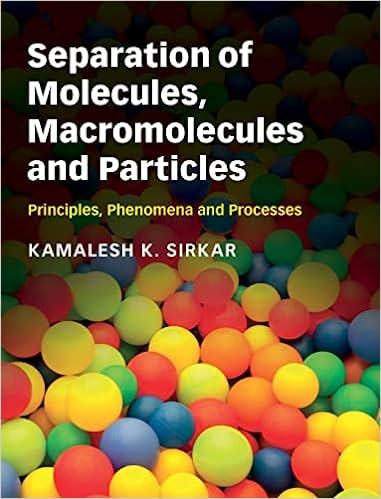

Raman spectroscopy is a spectroscopy technique that is very supplemental to IR spectroscopy as both gives information about vibrational states. The major difference from IR to Raman is that Raman is a light scattering technique and thereby gets different selection rules and much lower signal (one in 108 photons are Raman scattered). Raman is typically excited by a laser and the resulting spectrum is given in relative wavenumbers (cm1) showing the shift in wavenumbers from the laser wavelength. 4.1. Background and Experimental Observables. There is a number of challenges for measuring Raman spectroscopy, firstly the Raman signal is inelastic scattering where the molecule absorbs a small amount of energy corresponding to the vibrational energy. This process is much less likely than elastic scattering (Rayleigh scattering) where there is no wavelength shift. Secondly the process is competing with other optical effects such as fluorescence that is often present in the same wavelength regions as the Raman shifted signal. a). Use the description of Raman in chapter 18 in Principles of Instrumental Analysis to explain the origin of Raman scattering. Illustrate the process with an energy diagram. Discuss the differences to IR and the consequences for the spectral information. nique and is most often seen in use with fiber optic probes or microscopes. As the Raman process is a scattering process it scatters at 360 angles and can thereby be collected in any angle including 180 as the usual in Raman microscopes and fiber probes. This enable a very flexible technique in terms of measurement configuration that can be applied in places where traditional analytical techniques can be applied. Rayleigh scattering and the laser line is usually filtered away using high quality optical filters. For exciation of Raman we usually use high power lasers ranging from UV into the infrared in wavelength. Typical detection is using lens based or czerny turner spectrometers and high performance CCD detectors. b). Illustrate a typical microscope and spectrometer setup for Raman spectroscopy and describe the basic properties of each component and its impact on detection. Discuss other measurement configurations and possible applications such as e.g. fiber probes. 4.3. Practical Examples. This section is shared by the IR and Raman section. In this project we will use the techniques for identification of molecules. Three different colourless liquids have to be identified based on their vibrational spectrum. In this case we will look at Ethanol, Methanol and Water. IR spectra have been measured using our Agilent Cary 630 FTIR spectrometer in ATR mode. Raman spectra have been measured by a Bruker Senterra Raman microscope in our spectroscopy labs. c). Use tables of characteristic group frequencies such as Sokrates, Infrared and Raman Characteristic Group Frequencies to identify the given unknown samples. Indicate what vibrations that corresponds to the main functional groups. Discuss the consequence of mixed samples and that would affect a spectrum








